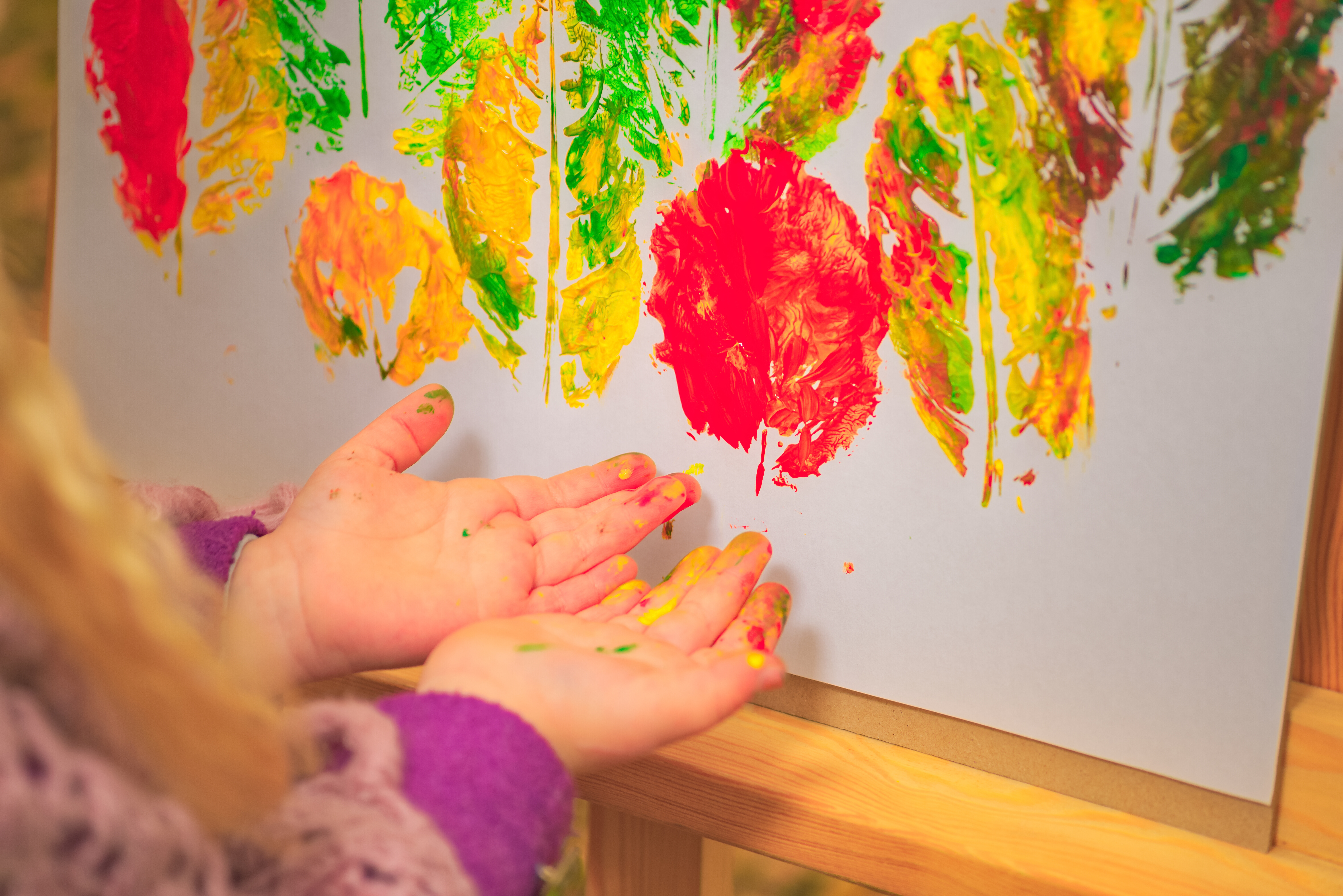Best Art Mediums For Kids in Wilmington, MA
Explore Creativity Through Different Art Mediums
One of the most effective ways to support your child’s growth is by introducing them to different art mediums. The right tools can spark curiosity, build confidence, and make the creative process fun and rewarding.
In this blog, we’ll explore some of the best, easy art mediums for kids with proven developmental benefits.
Why Art Is Important for Children
Art is a bridge between imagination and expression. It’s where kids learn to make choices, solve problems, and explore ideas. As they engage with different art forms, their understanding of the physical world deepens, and they develop a stronger sense of spatial awareness.
Benefits of art for children:
- Language and communication skills: Art helps children express their thoughts, emotions, and ideas visually, which supports language development and emotional intelligence.
- Fine motor skills: Activities like drawing, cutting, and sculpting help strengthen hand muscles and improve coordination, building the fine motor skills needed for writing, tying shoes, and completing tasks independently.
- Confidence and self-expression: Art allows children to explore who they are and share their unique voice with others, helping them develop a sense of self-worth.
- Cultural understanding: Exposure to different artistic styles, traditions, and themes helps children appreciate diverse perspectives.
- Patience and problem-solving skills: Art encourages children to take their time, work through challenges, and try different approaches, all of which build resilience, patience, and creative problem-solving skills.
Art Mediums by Age Group
There are endless ways for children to explore art! Here are some easy art mediums for kids organized by age group:
- Toddlers (1-3 years): Toddlers thrive with mediums that allow exploration and sensory discovery. Chunky crayons and washable markers help build grip strength for tiny hands. Fingerpainting with nontoxic paint can be messy, but it's a well-loved sensory experience for little ones.
- Early Childhood (3-6 years): At this stage, children are eager for more control in their creative play and are ready to take on new challenges. Materials like playdough, stamps, and safety scissors are fun and helpful for developing fine motor skills and coordination when used in art projects. Watercolor paints are easy to handle and allow young artists to experiment with shape and color.
- Elementary (7-12 years): This age group often seeks to share their artwork with others, can follow directions, and will concentrate for extended periods. Elementary school children are prepared to tackle more intricate and complex projects, including origami, collaging, and modeling clay.
- Cultural understanding: Exposure to different artistic styles, traditions, and themes helps children appreciate diverse perspectives.
- Teens (13+ years): Teenagers often want to convey a message about their identity, beliefs, or social concerns through their artwork. By this age, they may have developed preferences for specific mediums and are ready to experiment with more advanced tools. Encouraging teens to explore their interests further will refine their technical skills and give them an outlet for self-expression.
Encourage Kids to Experiment with Different Art Styles
Art is more than just mediums—there are different styles, too! Some popular art styles include abstract, impressionist, realism, surrealism, and pop art. Introducing children to various styles shows them there is no single "right" way to create art, and they can gain confidence by expressing themselves in diverse ways.
Different ways to explore art styles:
- Abstract Art: Freeform, expressionism, and abstract art offer kids creative freedom. These styles focus less on realistic representation and more on emotional experience and self-expression. Kids can have a lot of fun exploring these styles using paint, crayons, or pastels. They also begin to understand how to conceptualize ideas and emotions without following strict rules or aiming for perfection.
- Nature-Inspired Art: Art provides a tactile experience, and incorporating natural elements like leaves, flowers, twigs, and stones into art projects encourages children to explore their creativity in a hands-on way. Kids can create leaf rubbings, flower pressings, or nature sculptures. These art projects strengthen a child’s connection to nature and motivate them to interact with their environment.
- Cultural Art Exploration: Introduce children to art projects inspired by cultures worldwide, such as weaving Native American dreamcatchers, folding Japanese origami, or creating masks inspired by African tribes. These projects ignite children's curiosity and help them appreciate diverse traditions, artistic styles, and stories from global communities.
Enjoy Art at Any Age
Art is a powerful tool for learning, expression, and connection. Choosing the right art medium for your child’s developmental stage will keep them engaged, challenged, and inspired. Encourage your child to explore different materials and styles to see what sparks their imagination and brings them joy.
Looking for more ways to nurture your child’s inner artist? Discover the creative classes at Kidcreate Studios, Wilmington, MA, where every child’s expression is celebrated! Contact us today.
Kidcreate Studio Newsletter
Classes, studio news, and special offers.

